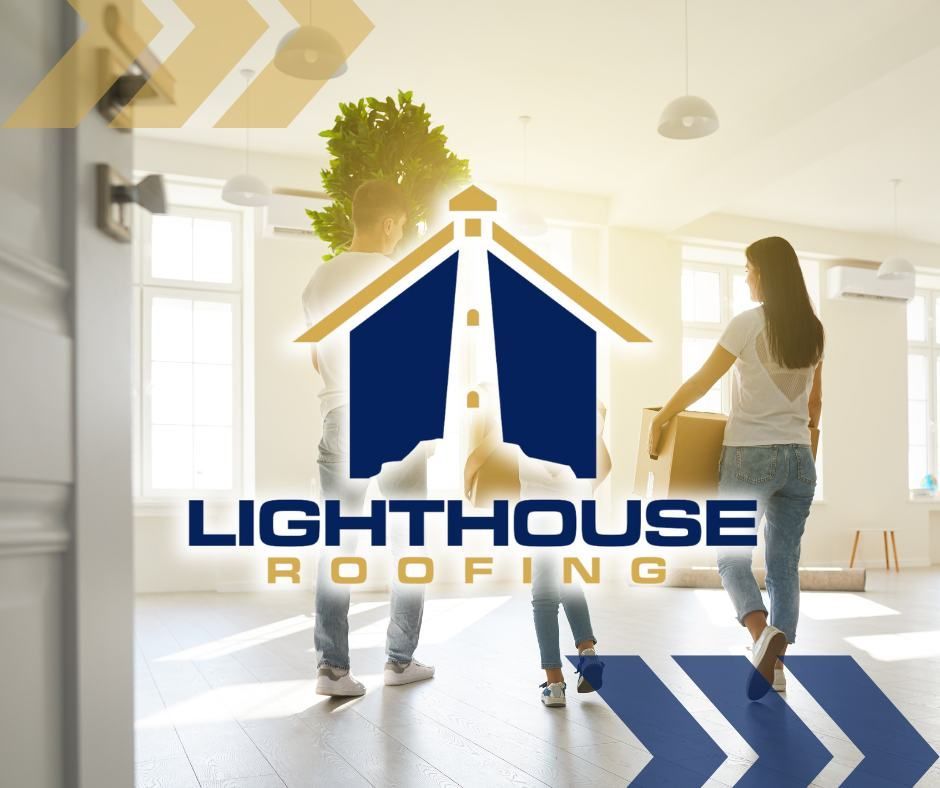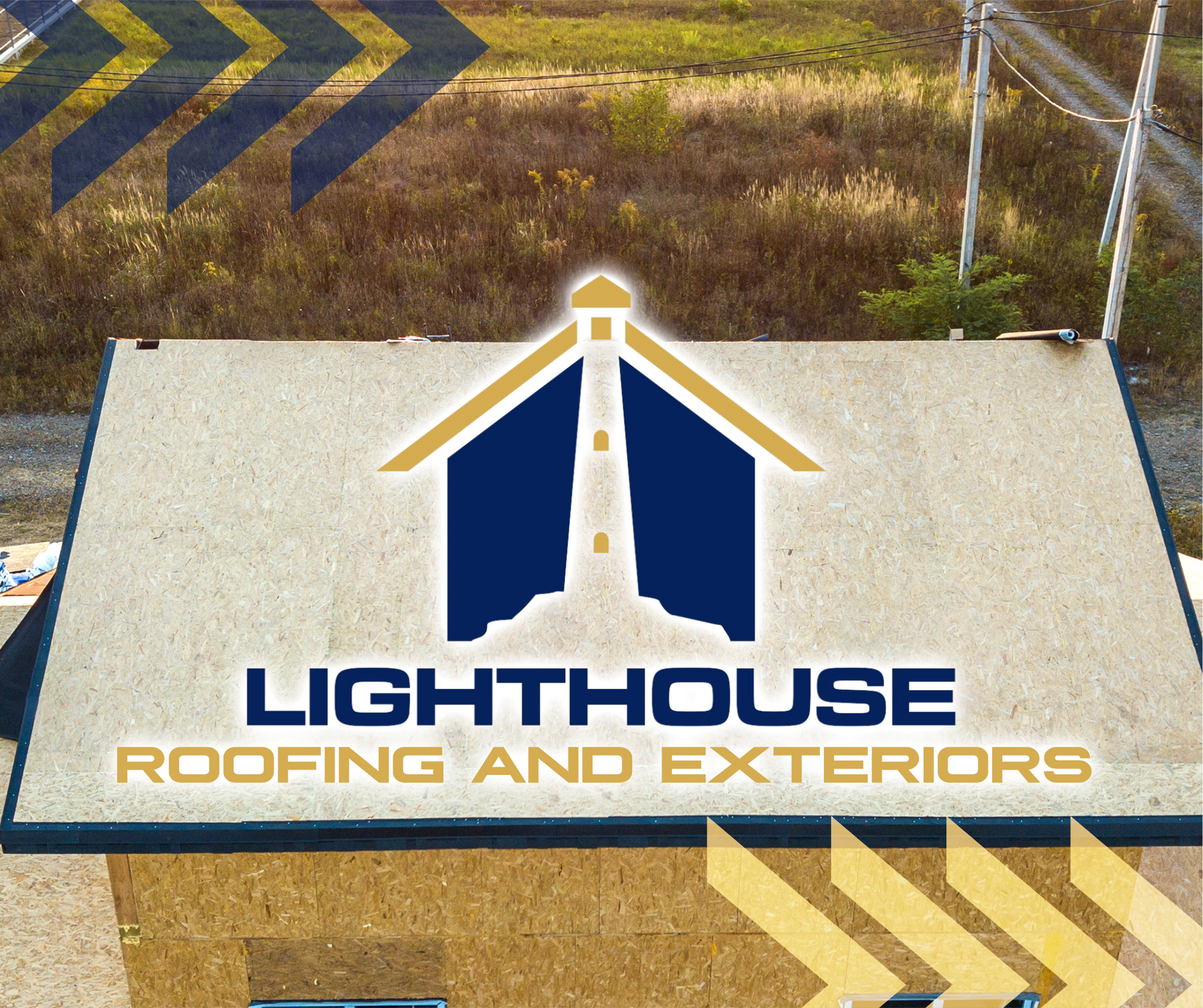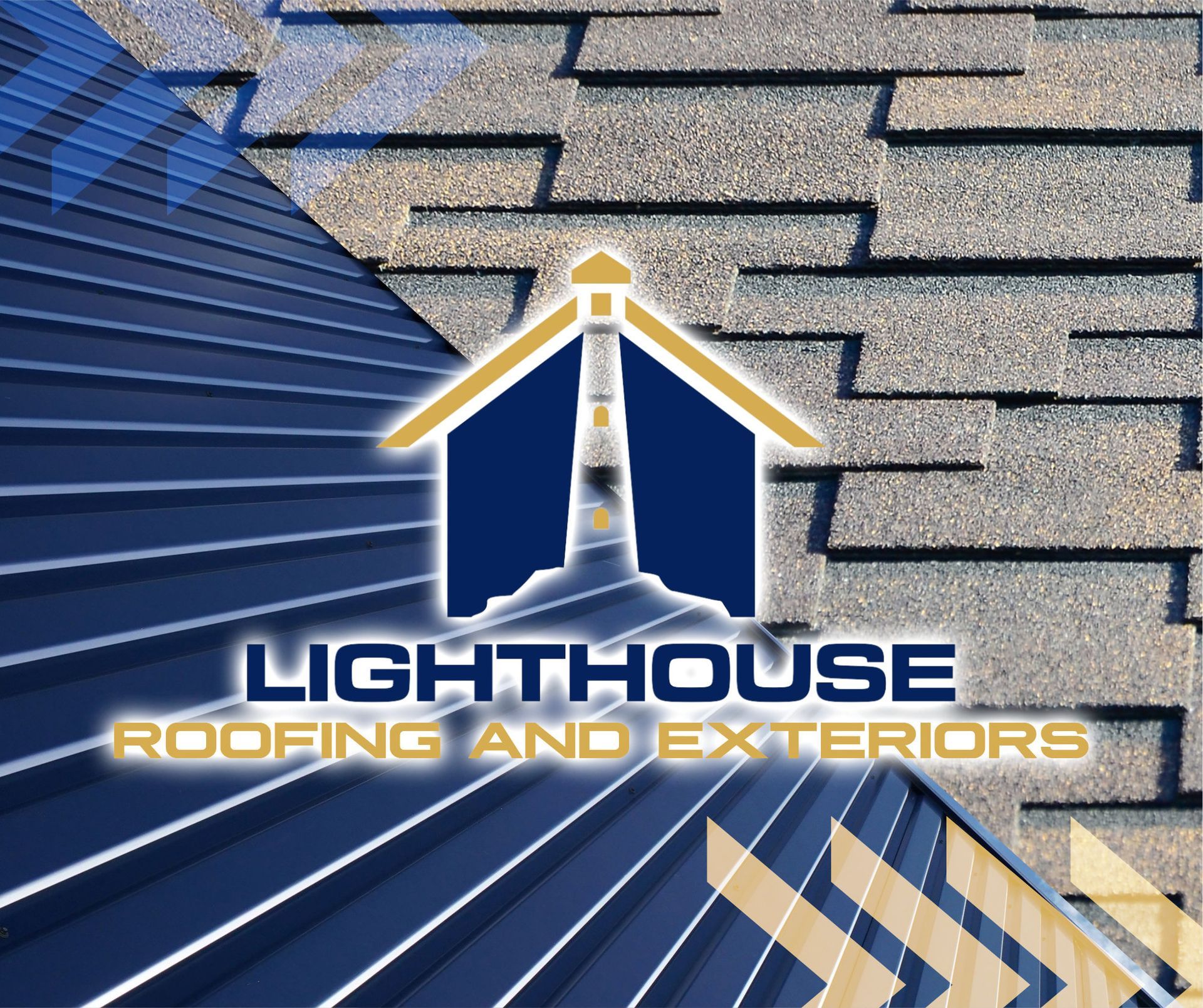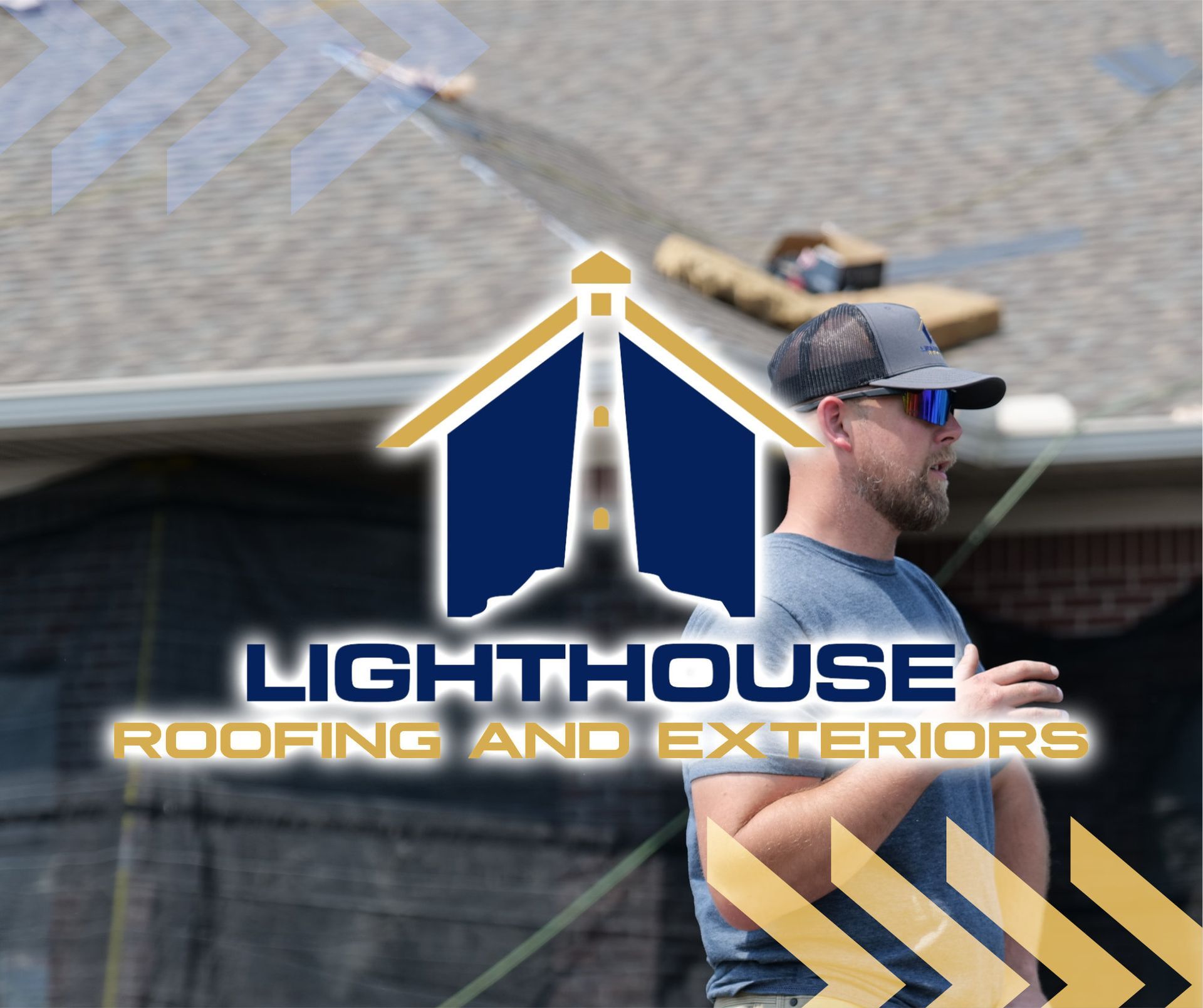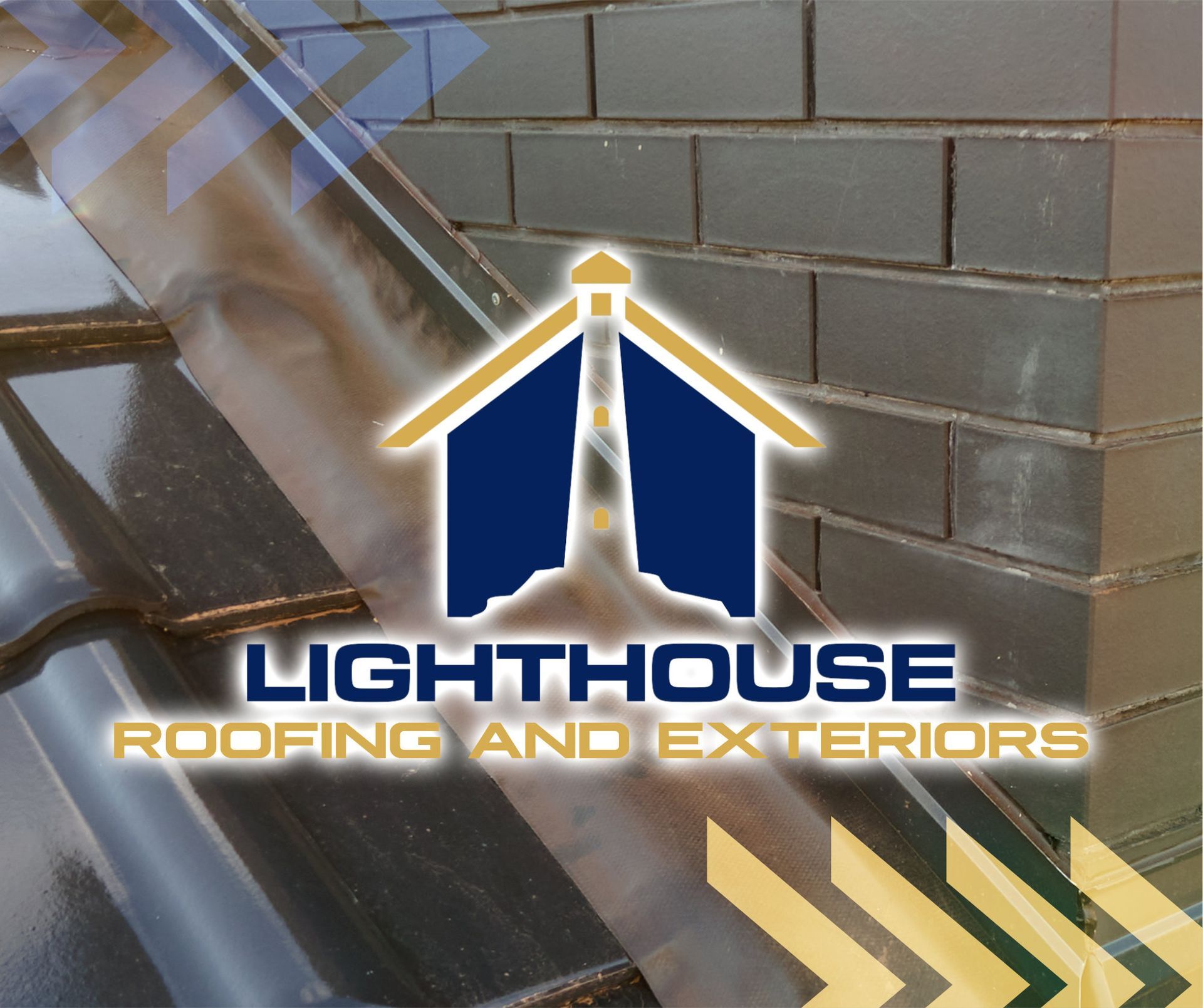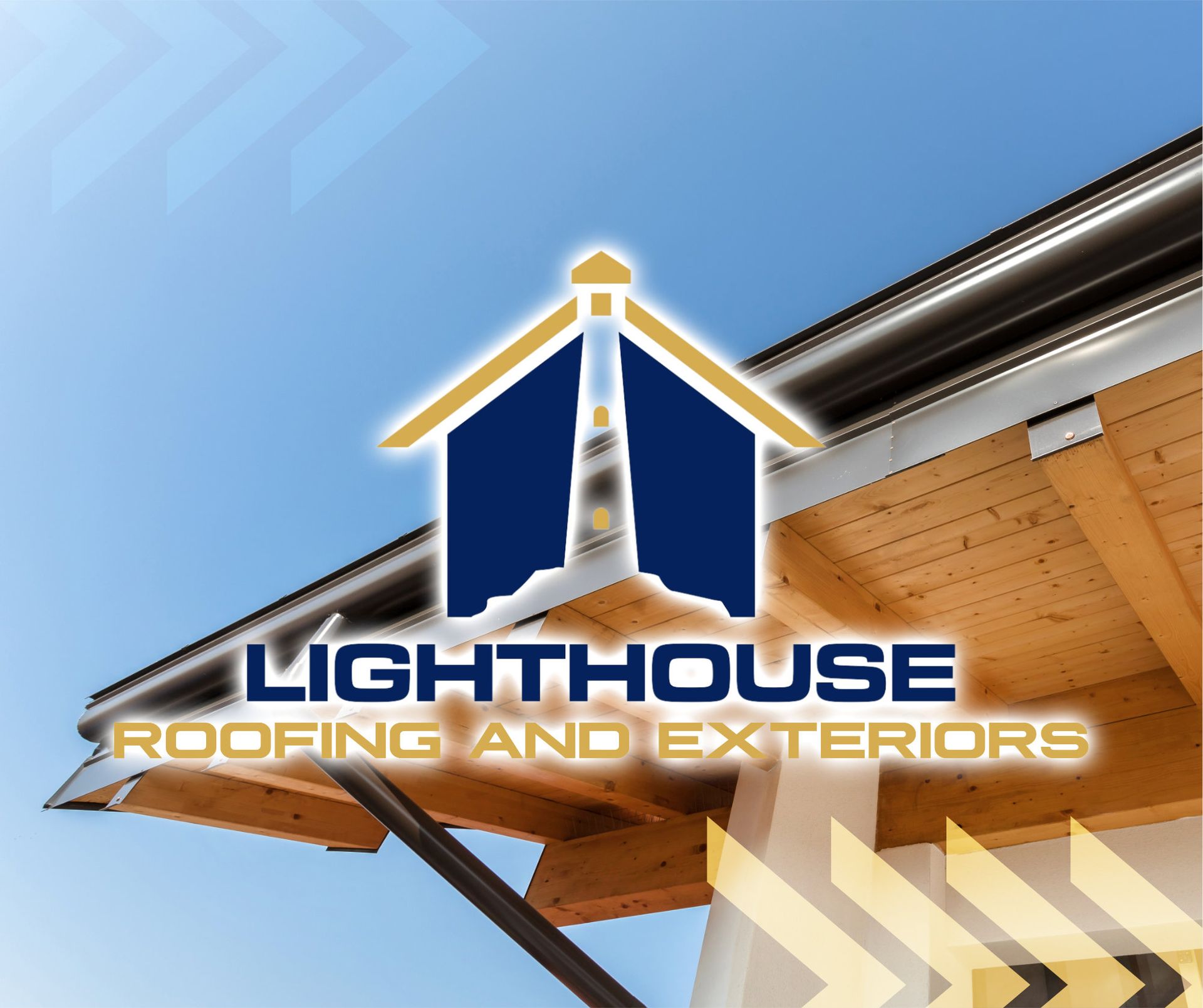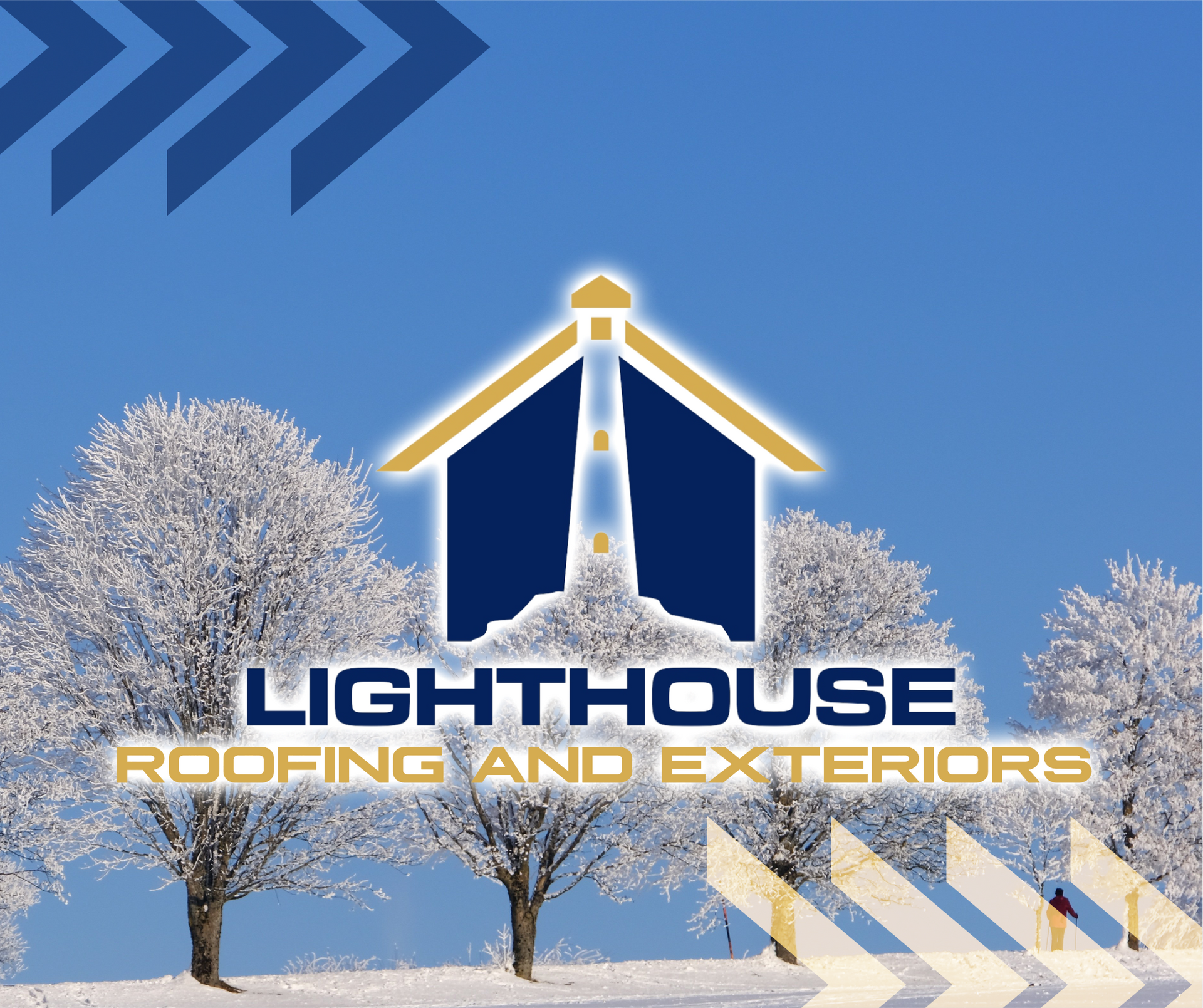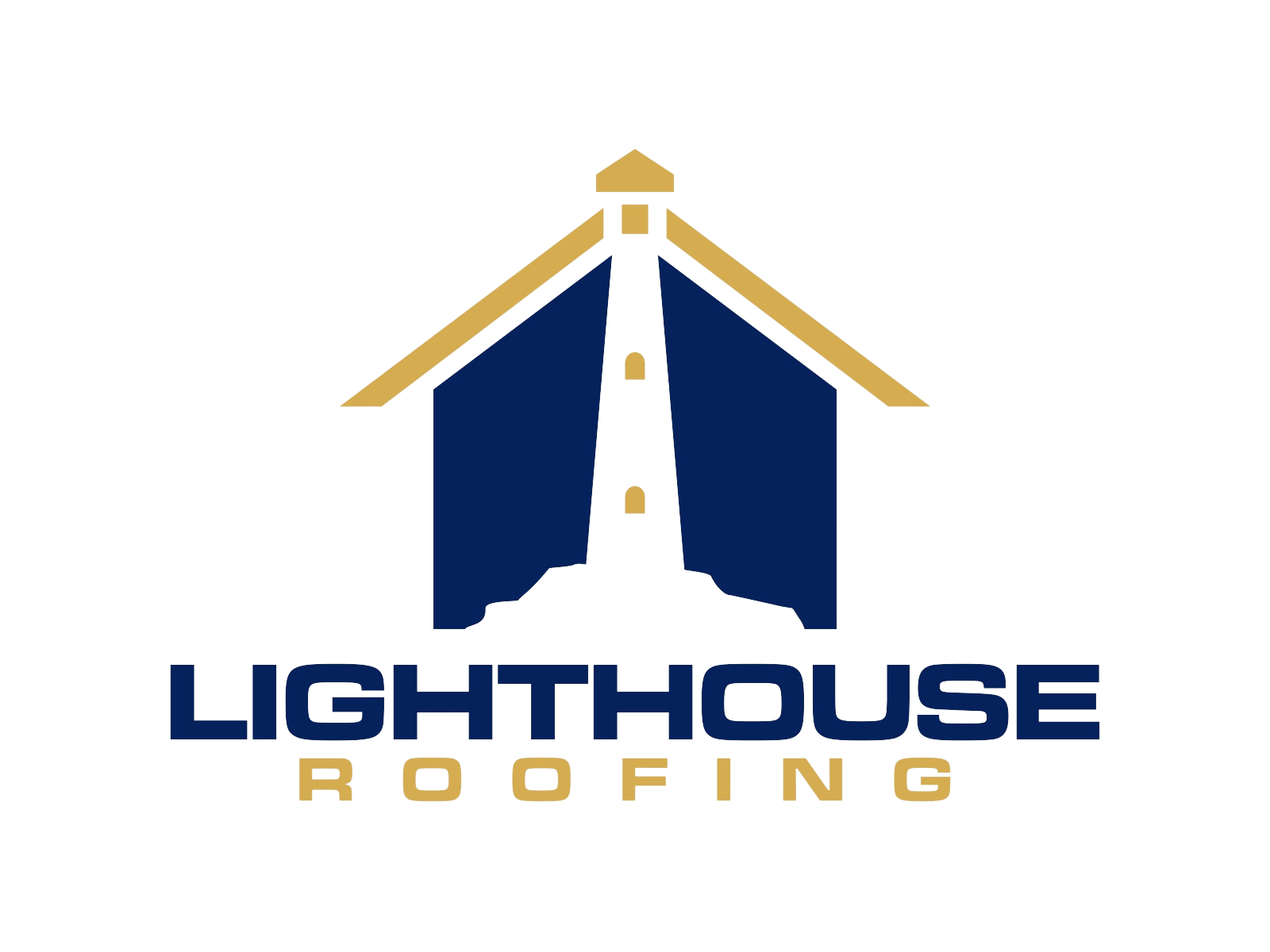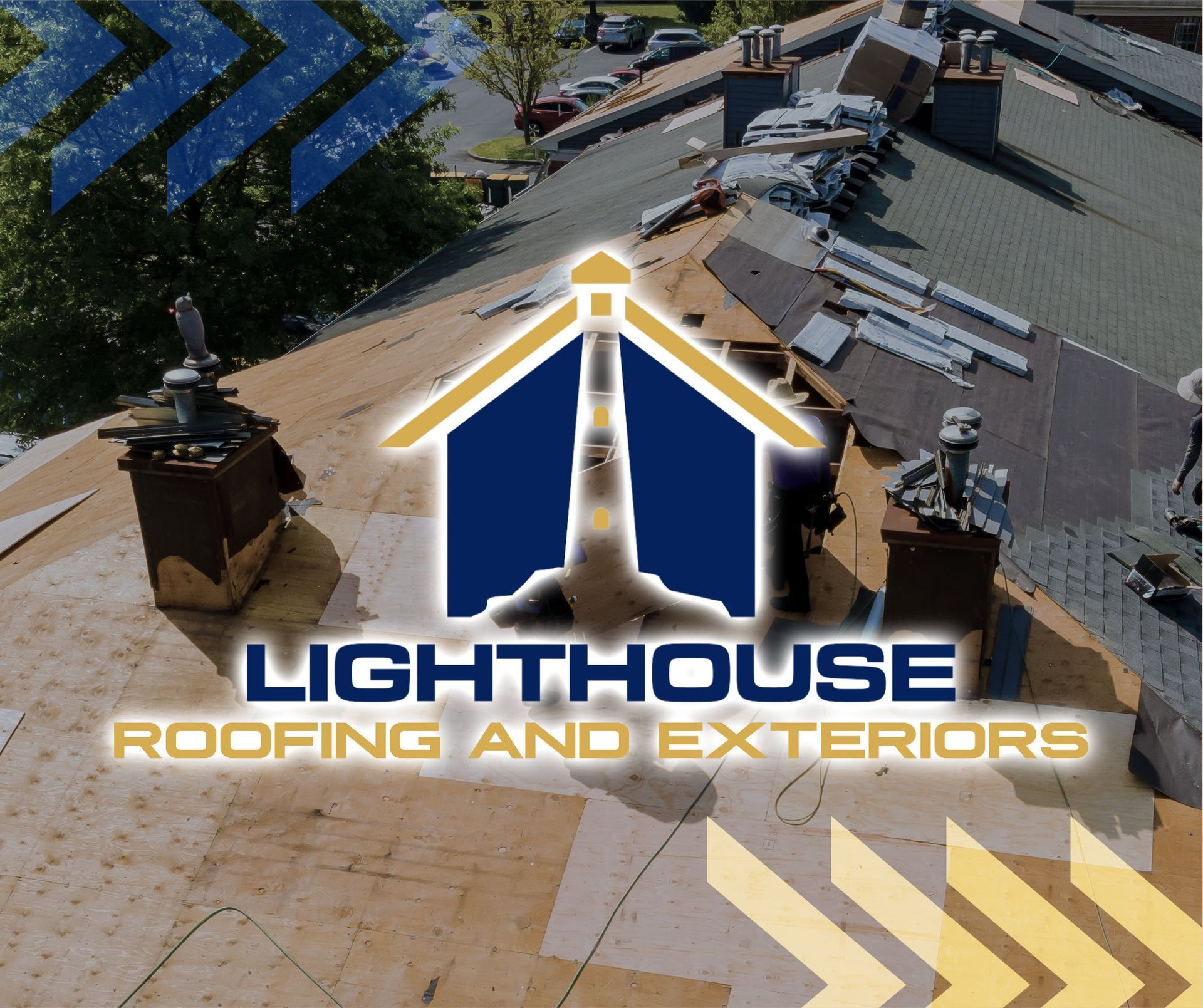Three Tab vs Architectural
When it comes to roof replacement or installation, selecting the right shingle type is crucial for the overall appearance and durability of your home. Among the various choices available, the two most popular options are three-tab and architectural shingles. While both offer protection and aesthetic appeal, they differ significantly in terms of functionality, lifespan, and design. In this blog post, we will explore the key dissimilarities between three-tab and architectural shingles, enabling you to make an informed decision for your roofing needs.
Three-Tab Shingles: Traditional yet Practical
Three-tab shingles are an affordable and widely used roofing material thanks to their simplicity and reliable performance. They consist of a single layer with shingle tabs running along the exposed part of the roofing surface. These tabs create the illusion of separate, smaller shingles. Three-tab shingles are flat, uniform in size, and are usually rectangular in shape.
- Pricing & Affordability: Three-tab shingles are generally the more economical choice. They are the traditional option that has been widely used for many years, making them readily available and less expensive compared to architectural shingles.
- Simplicity in Design: With their uniform and flat appearance, three-tab shingles offer a clean and classic look. They are an excellent choice for homeowners seeking a more traditional, timeless aesthetic for their homes.
- Lightweight & Practical: Three-tab shingles are relatively lightweight, making them easier to install and transport. Their simple design also makes repairs and replacements straightforward in case of damage or wear.
Architectural Shingles: Durability with Enhanced Aesthetics
Architectural shingles, also known as dimensional or laminated shingles, are a newer and more advanced roofing option. Unlike three-tab shingles, architectural shingles have multiple layers, often with varying thicknesses and shapes, which mimic the look of natural materials like wood or slate.
- Enhanced Aesthetics: Architectural shingles are known for their dimensional appearance, which adds depth and texture to the roof. Available in a wide range of colors, patterns, and designs, these shingles can significantly enhance the curb appeal of your home.
- Superior Durability: The multiple layers of architectural shingles provide added protection against harsh weather conditions, including wind, UV rays, and impact damage. These shingles are generally thicker and more robust, resulting in a longer lifespan compared to three-tab shingles.
- Value for Investment: While architectural shingles may be more expensive upfront, their long-lasting durability and aesthetic appeal often compensate for the initial cost. Their improved performance can increase your home's value and offer a better return on investment in the long run.
Choosing between three-tab and architectural shingles ultimately depends on your budget, aesthetic preferences, and the level of durability and longevity you desire for your roof. If you are on a limited budget and prefer a traditional appearance, three-tab shingles may be the right option for you. On the other hand, if you value enhanced aesthetics, longer lifespan, and superior protection against the elements, architectural shingles offer a great choice.
Remember, consulting with a professional roofing contractor, like Lighthouse Roofing is essential before settling on a final decision. They can assess your specific needs, evaluate your roof structure, and guide you towards the most suitable option to ensure your home remains protected and visually appealing for years to come.
